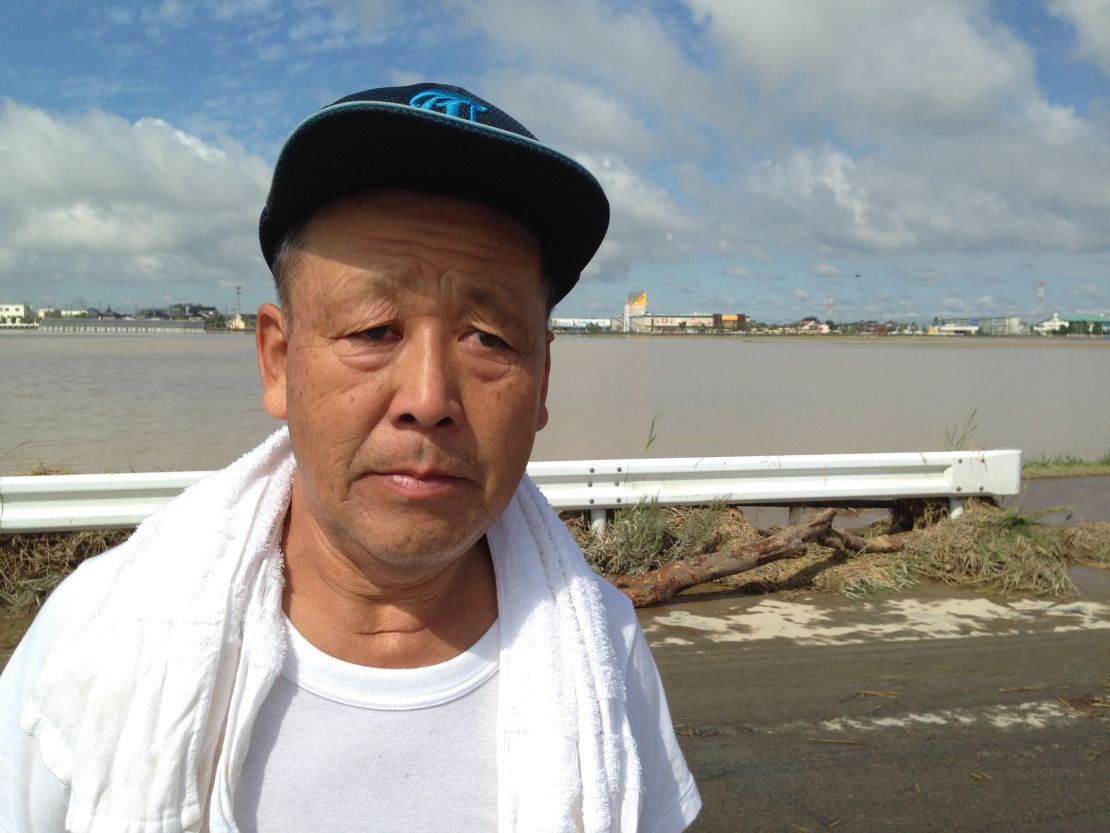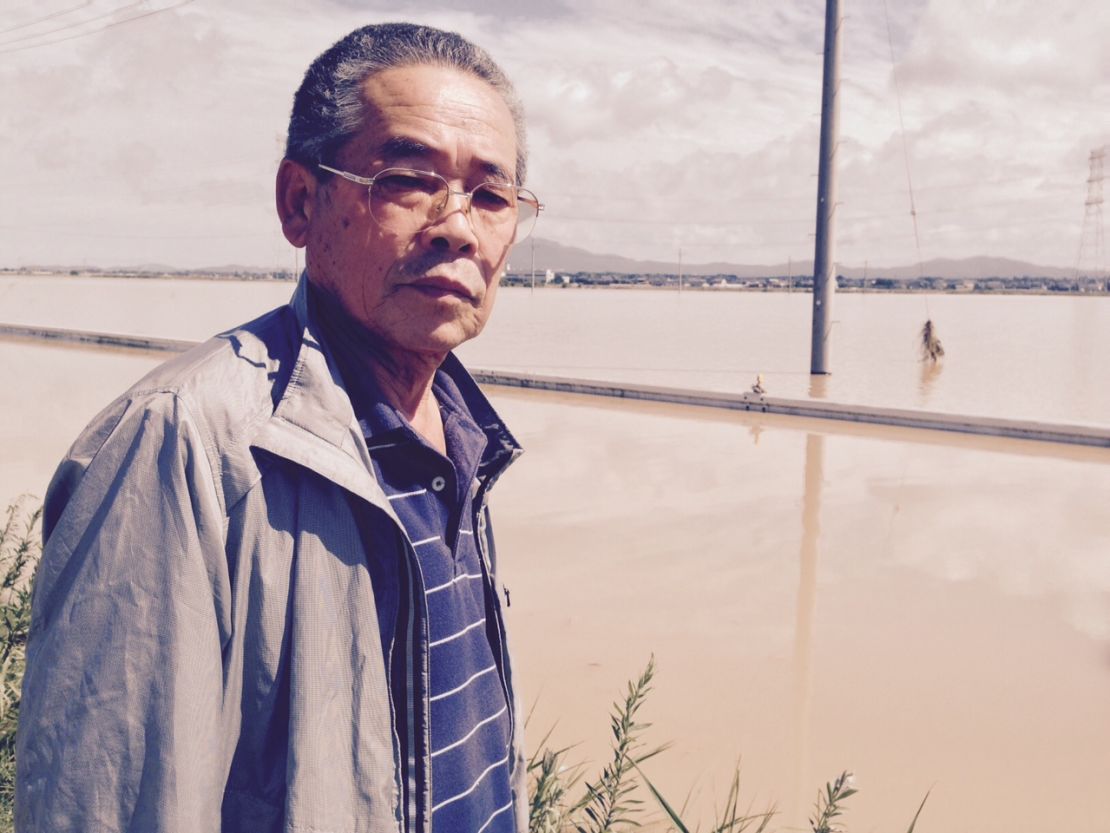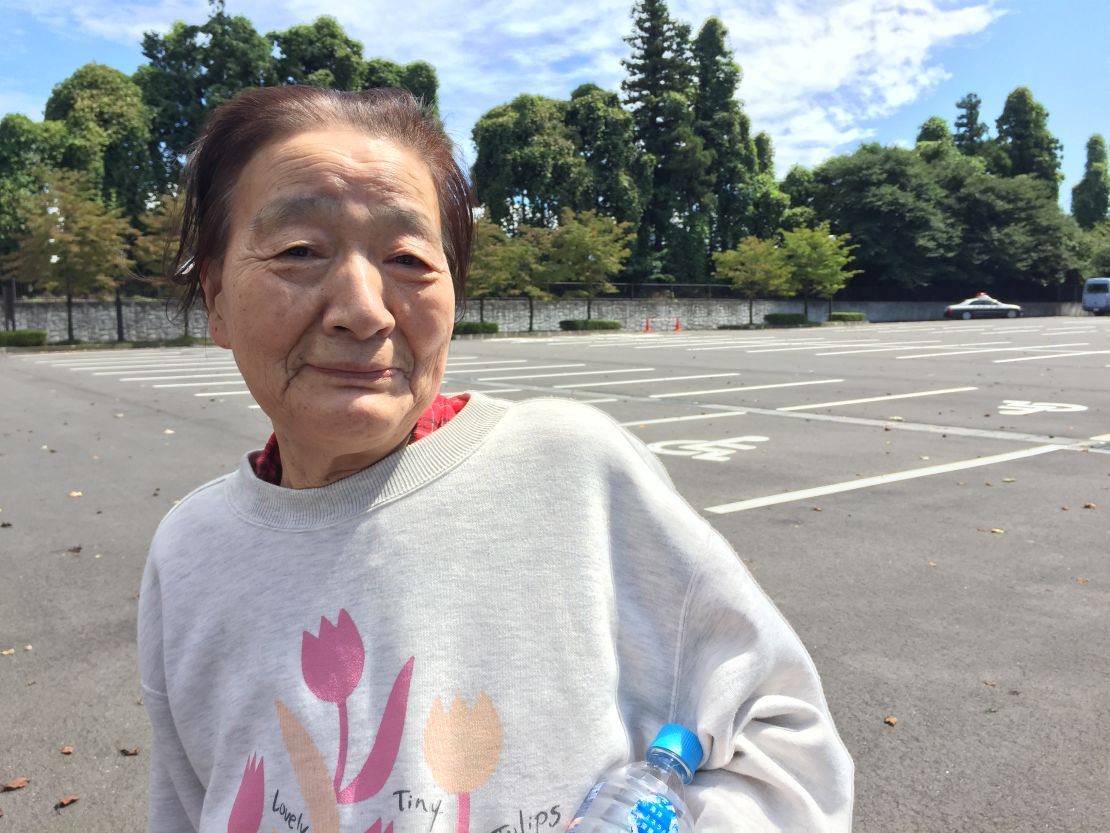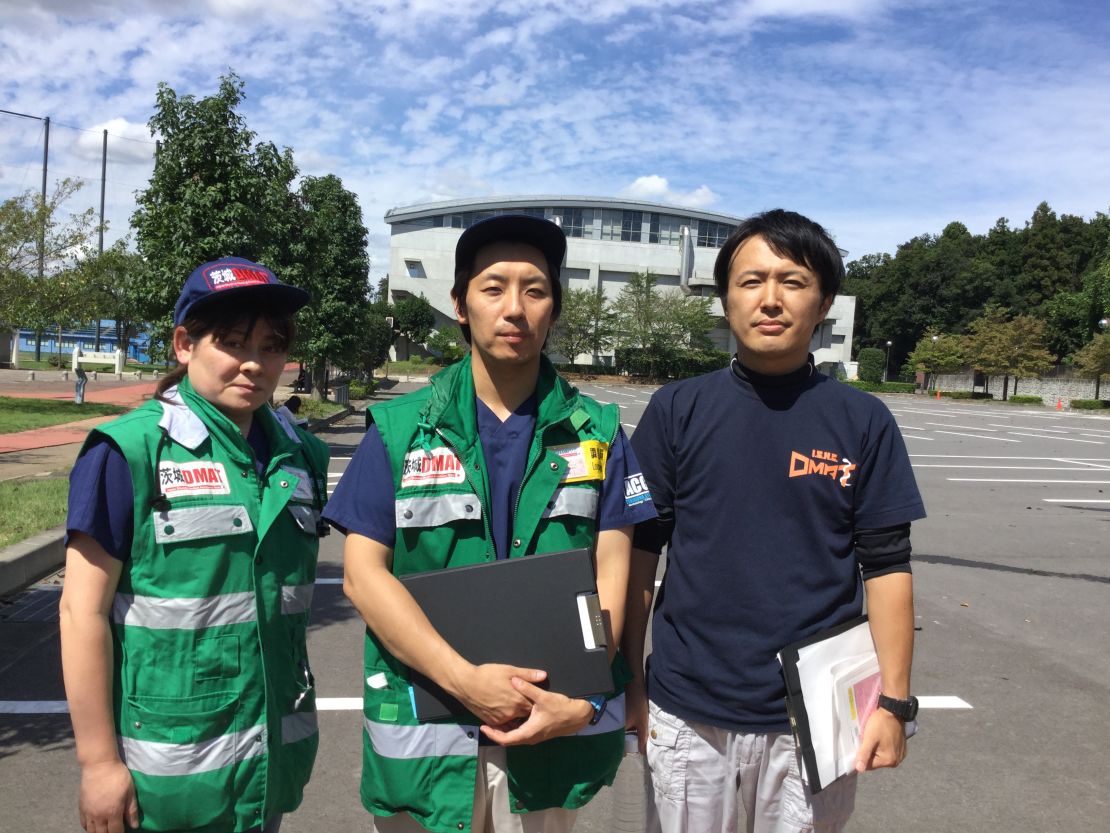Story highlights
With towns across eastern Japan evacuated, ordinary people are coming to terms with their losses
The town of Joso, Ibaraki Prefecture, has been hit hard by the floods
One man describes the force of a river that broke its banks as having the force of a "demon's wrath"
After weeks of heavy, almost incessant rain, the tail end of Tropical Storm Etau brought further misery to areas of eastern Japan. Rivers broke their banks and levees were breached, causing massive flooding across the region.
Dozens remain missing and three deaths have been reported.
With towns across eastern Japan evacuated and almost a million issued evacuation advisories – where residents have been warned they may need to leave their homes because of rising water – ordinary people are coming to terms with the loss of property, infrastructure and crops.
As trickles turned to torrents Thursday, houses were washed away and residents were forced to their rooftops, desperate for rescue by military helicopters.
In the town of Joso, Ibaraki Prefecture, where 300 people are still waiting for rescue, residents and those who have come to their aid attempt to deal with the devastation.
Shigeo Terada

Shigeo Terada, a 66-year-old rice farmer, was not himself affected but had traveled to offer help to a relative who lives in the stricken city. He said clean water was scarce in the city and that he was worried for this year’s rice harvest – which occurs in around a month’s time – in the affected areas.
A rice paddy, named “Toyoda,” or “rich field,” has been totally battered by the floods ahead of the autumn harvest season. “The Kinuwawa River burst forth with a demon’s wrath,” he said.
Jin Kikuchi

Jin Kikuchi, 67, the owner of construction company, lives in the city next to Joso. On his way into work he wasn’t aware that Joso had been flooded but discovered that roads across the city were inundated by floodwater. He attempted to drive along one of these but found himself stranded after his car became completely waterlogged. He abandoned his car and walked back to a dry area to ask for help.
He says he expects the floodwater to take at least a week to recede completely.
Hideko Yamamoto

77-year-old Hideko Yamamoto was evacuated from her flooded home via helicopter with her son. Her husband was still awaiting rescue from the same location.
“All of a sudden, water was up to my chest,” she told CNN.
Members of Ibaraki DMAT

Nurse Noriko Okubo and coordinators Tsubasa Serizawa and Shingo Ishihara, members of Ibaraki’s DMAT (Disaster Medical Assistant Team) said they saw over 150 evacuees flown in by Japan Self-Defense Force (SDF) rescue choppers throughout Thursday night and into Friday. Evacuees were airlifted from a sports park which had been repurposed as an emergency heliport.
They say most of the evacuees were not heavily injured, and were settled in the Ishige gymnasium (pictured behind the team members), a make-shift evacuation center for Joso city residents.
Ibaraki DMAT has a short history – it’s only been over 10 years since it was established. This is the second biggest deployment for DMAT members since the 2011 earthquake and tsunami.



